
Dan Graziano/CNET
You can pay big bucks for a personal trainer or a gym membership to begin living a healthier lifestyle, but that may not be necessary. One of the easiest and best ways to lose weight and get healthier is by walking. The Centers for Disease Control and Prevention recommends that adults get at least 150 minutes of moderate-intensity aerobic activity, such as brisk walking, per week for overall health benefits.
The boom of connected devices has made it easier than ever to monitor your daily activity progress and motivate you to reach your fitness goals. We’ve tested dozens of activity and fitness trackers at CNET over the past year and came away impressed by only a handful of them. These are the best trackers that you can buy right now.
Affordable trackers
Pivotal Tracker 1
The Pivotal Tracker 1 is the most affordable fitness tracker we have ever tested. Pivotal Living, a startup based in Seattle, has taken a unique approach and is offering the tracker as part of a yearly subscription plan. The US-only device is available for only $12, which also gets you access to the company’s Android and iOS app. The following year you can pay $12 more for another year of access to the app. Pivotal Living will even provide you with a new band.


Sarah Tew/CNET
The company’s mobile app is well-designed, although there is no food tracking and you can’t sync with other third-party apps. You should also be aware that the influx of traffic from such an affordable device has caused some problems with the company’s servers, mainly on Android. Users have reported syncing issues, random reboots and app crashes. The company has vowed to fix these problems, although it is expected to take a couple of weeks to complete. Read our full review of the Pivotal Tracker 1.
Misfit Flash
The second tracker on our list is the Misfit Flash. This small (and waterproof) device tracks your steps, distance and calories. There is also automatic sleep tracking, and it has a replaceable coin battery that lasts six months. The tracker can be worn on your wrist or your waist with an included clip-on accessory. The mobile app, available for Android, iOS and Windows Phone, also integrates with a variety of other ecosystems, such as RunKeeper, MapMyFitness and MyFitnessPal.
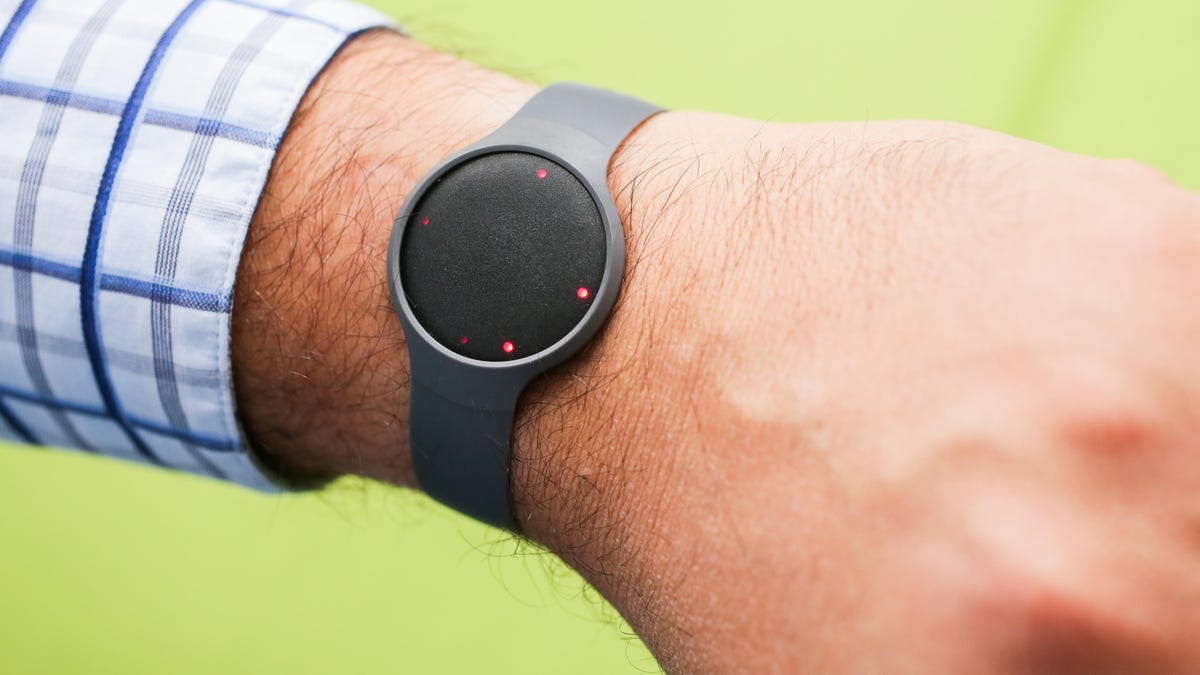

Sarah Tew/CNET
There are some things to consider before buying a Flash. It doesn’t have a screen and instead uses a ring of 12 LED lights to notify you and display the time. The Flash is available for $50 is the US, £50 in the UK and about AU$55 in Australia.
The Misfit Flash receives the nod over the similar priced Jawbone Move because of its more appealing design and the fact that it’s waterproof and can be worn while swimming or in the shower. Read our full review of the Misfit Flash.
Trackers for the masses
Jawbone Up24
When most people think about fitness trackers, there are two brands that come to mind: Fitbit and Jawbone. The latter company’s Up24 fitness tracker is hard to beat. The stylish band can track everything you would expect — steps, distance, calories and sleep — and a recent software update improved battery life to 14 days. You can set a silent alarm to wake you up in the morning, alerts to remind you to get up and move, and daily activity goals. It’s also waterproof, meaning you don’t have to take it off before you shower.
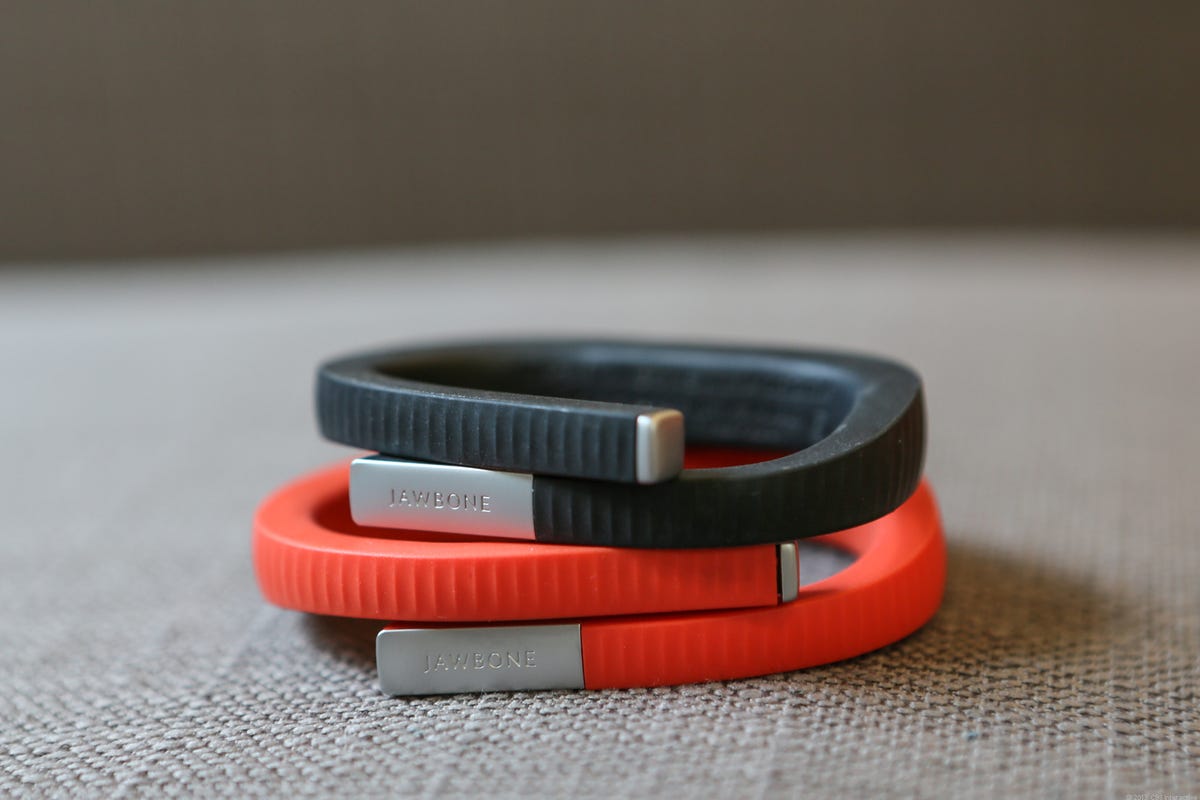

Josh Miller/CNET
A reason to hold off on an Up24? The company has announced that the Jawbone Up3 will be available in early 2015. The newer model will include all-day heart-rate monitoring, which should improve calorie estimates and sleep tracking.
The Up24 is available for $130 in the US, £125 in the UK and AU$150 in Australia. With the Up3 just around the corner, the Up24 should only be purchased at a discounted price. Read our full review of the Jawbone Up24.
Fitbit Charge HR
Fitbit is arguably the original name brand in the fitness tracker space. The new Fitbit Charge HR is a retooling of the earlier Fitbit Force , which was recalled last year after some users complained of skin irritation. For only $20 (£20 in the UK and AU$30) more, the Charge HR adds continuous heart-rate tracking to all of the features already available in the slightly more affordable Fitbit Charge, which is the reason it receives the nod from us. The other difference between the Charge and Charge HR? The latter also includes a traditional watch strap.
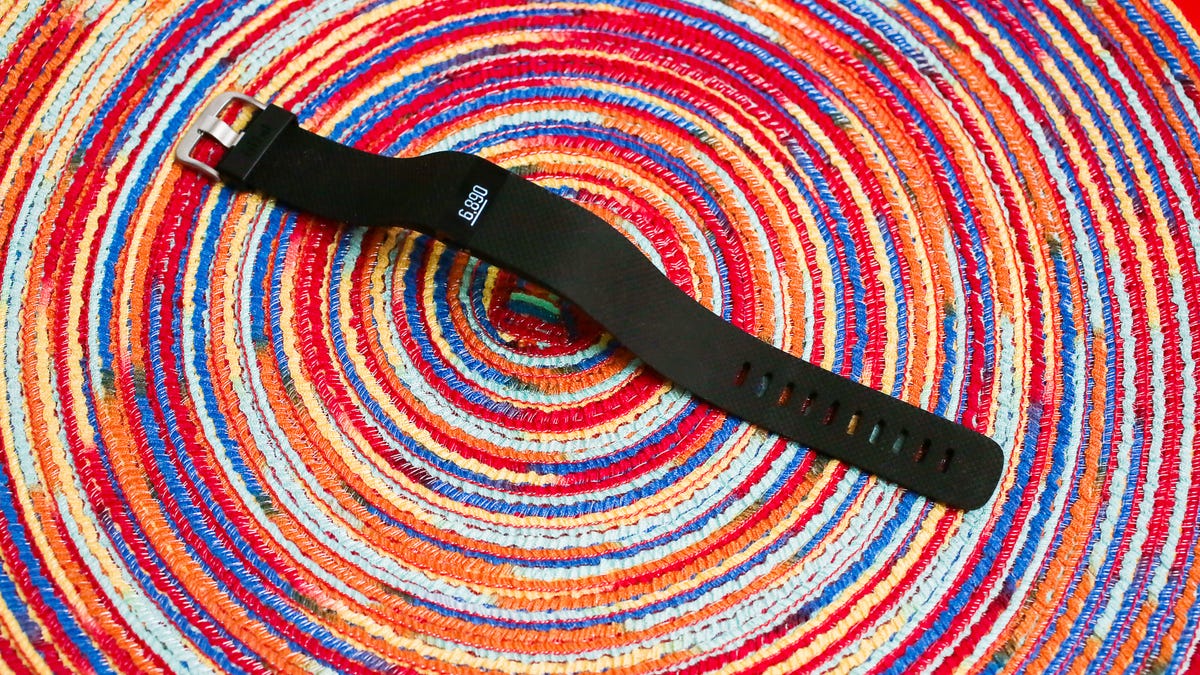

Sarah Tew/CNET
The Charge HR can track the steps you take, distance traveled, calories burned, stairs climbed and your sleep at night. All of this data can be viewed directly from the device’s small OLED screen, which is also capable of displaying call notifications from your smartphone. Other features include a silent alarm to gently wake you up in the morning and customizable daily goals.
Fitbit’s mobile app, which is available for Android, iOS and Windows Phone, is clean and straight forward. It also supports third-party apps, such as MyFitnessPal and RunKeeper. One of the downsides with the Charge and Charge HR is that you must remove the band before you shower or go for a swim. We also found that while resting heart-rate readings tended to be accurate, there were drop-offs when exercising.
The Fitbit Charge HR is available now for $150 in the US, £120 in the UK and AU$180 in Australia. Read our full review of the Fitbit Charge HR.
Trackers for runners
There are fitness trackers, and then there are GPS running watches, but more companies are attempting to combine the two. There’s the Garmin Forerunner 15, the Polar M400, the Microsoft Band and the Fitbit Surge , but only one of these stands out from the rest. For runners who are interested in all-day activity tracking, the Polar M400 offers the most appealing set of features.
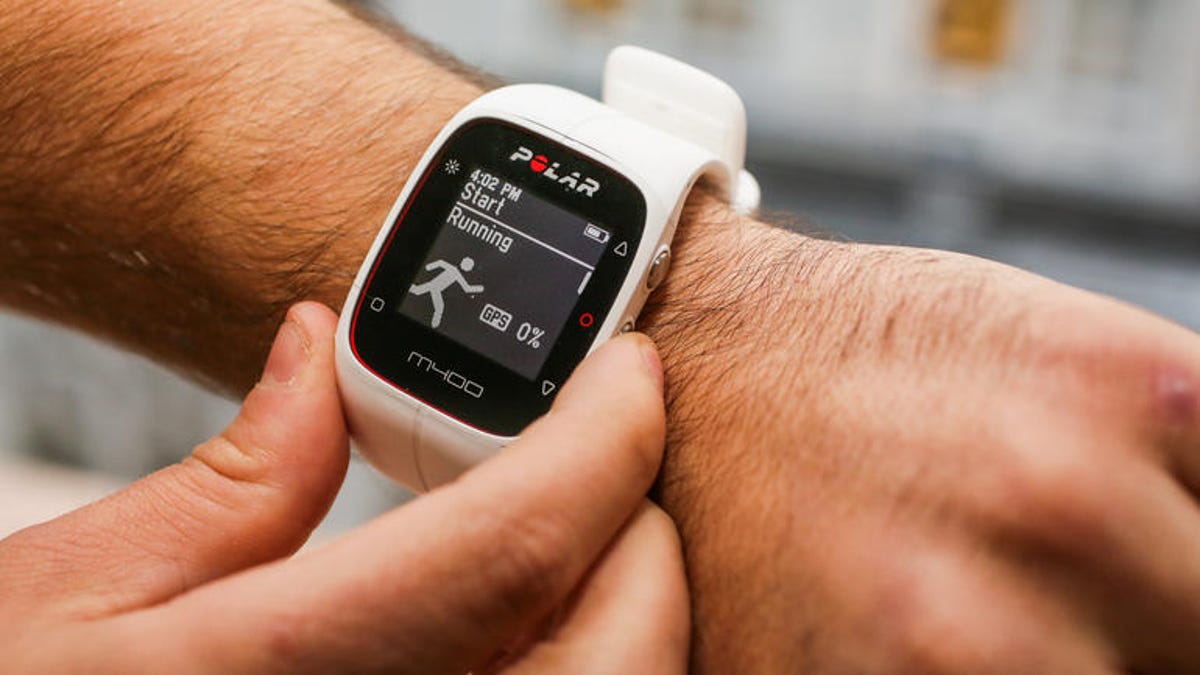

Sarah Tew/CNET
The watch seems to have everything a runner could want. It can track your steps and distance and calories burned, and with the GPS enabled it can also tell you your pace and distance while running. Sleep tracking is automatic, it supports wireless heart-rate monitors, it has inactivity alerts and it’s waterproof. The Polar M400’s battery lasts about 2 weeks and it’s the only device on this list that charges through a normal Micro-USB port rather than a proprietary charger.
The reason we chose the Polar M400 over the comparable Garmin Forerunner 15 was because it includes Bluetooth and can wirelessly sync with your iOS or Android device. The Polar M400 starts at $200 in the US, £135 in the UK and AU$249 in Australia. Read our full review of the Polar M400.
Smart trackers
Companies are now including more “smart” features with their activity trackers. In addition to being able to track your daily activities, these devices, such as the Microsoft Band and the Basis Peak , attempt to improve your fitness level with coaching and activity feedback.
There is no perfect device in this category yet, but we believe the one with the most potential is the Basis Peak. This smart fitness tracker continually tracks your heart rate and activity. It has automatic sleep tracking and offers habit-coaching feedback. The Peak is one of the few devices that actually feels personal, with goals and daily achievements that are tailored for you.
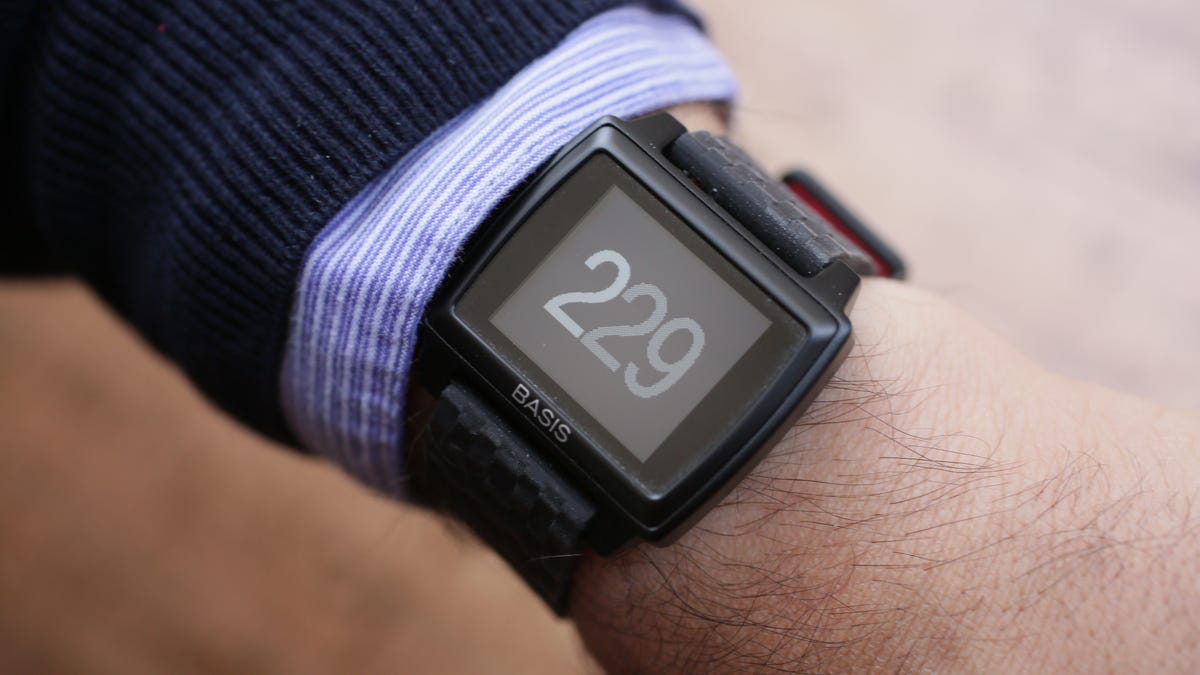

Sarah Tew/CNET
The watch is also waterproof and the battery lasts up to 3 days, much longer than other smart devices. The Basis app does leave a little to be desired, though. While it’s compatible with Android and iOS devices, there’s no food tracking and it doesn’t sync with third-party apps. A recent software update, however, added smartphone notifications to the Peak.
The Basis Peak is available for $199 in the US and £170 in the UK. Australian pricing and availability has not yet been announced, but the UK price directly converts to about AU$315. Read our full review of the Basis Peak.



